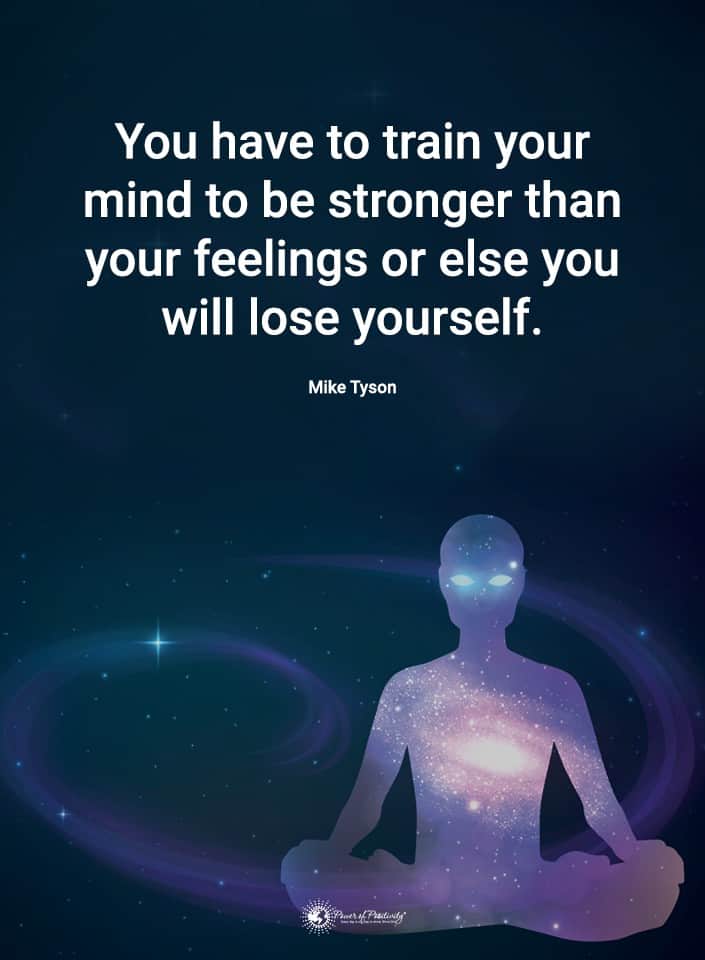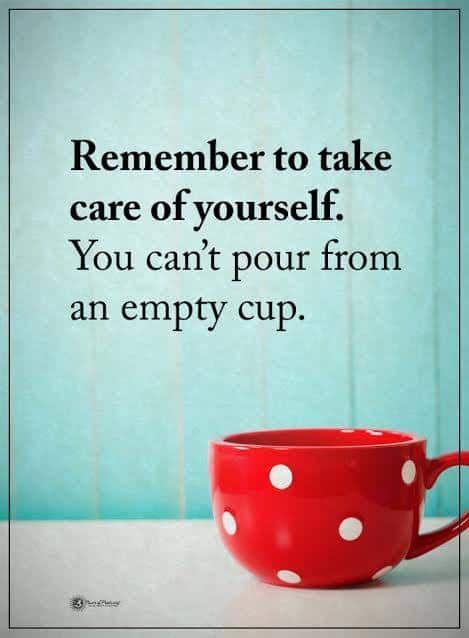Many of us, at times, have difficulties falling and staying asleep. Modern society, more specifically its constant distractions; obsession with work hours; 24/7 connectivity, and other influences, has translated into lower quality sleep for many. This easy tea might give you the help you need.
Aside from external factors, our health has a significant influence on our sleep quality. This is especially true for any type of neurological abnormality. When our brain is “off,” too often our sleep quality is as well. Stress, diet, medications, and numerous other influences can interfere with sleep too.
When our sleep quality is poor, many other facets of our life also suffer. We’re less productive, prone to mood swings, cannot pay attention – and many other aspects of both of personal and professional lives are adversely impacted.
So, what do we do? The easiest thing is to swallow some type of pill, be it prescription or over-the-counter. However, both carry the risk of potential (potentially dangerous) side effects.
When we swallow a sleeping pill, we alter our body’s natural sleep/wake cycle. Sleeping pills often work quite well in the short term. But they – like most other types of drugs – can be addictive. The long-term effect is that our body’s natural circadian rhythm is disrupted, making it even more difficult to fall asleep.
This Two-Ingredient Banana Cinnamon Tea Recipe Helps You Sleep DEEPLY For Hours
e
Yes, banana-cinnamon tea. Not only does this drink induce relaxation and sleep, but it is also healthy and delicious to boot.
Why it works
Bananas contain significant amounts of magnesium and potassium – two very important minerals for promoting sleep. Here’s why: together, they are terrific as a natural muscle relaxer. When our bodies are relaxed, for obvious reasons, it is much easier to fall asleep. Magnesium and potassium also have a sedative effect on the brain, which makes it easier to sleep.
Cinnamon is a great ingredient because it stabilizes blood sugar levels. This is important, as blood sugar levels directly impact the body’s ability to balance hormone production. In some cases, individuals with a blood sugar deficiency experience fatigue during the day. This may induce sleep during daytime hours, but sleep quality suffers during the evening.
Magnesium is actually the most important mineral for muscle relaxation; it is also effective in reducing muscle aches, cramps, and pains. When we are stressed, physiological mechanisms reduce the levels of magnesium. Thus, it is essential that we replenish this mineral. Adequate magnesium levels are important for warding off stress and promoting relaxation.
Potassium mainly serves as a synergistic ingredient in this recipe. In other words, its properties – together with magnesium – magnifies the recipe’s effects. The exact mechanisms aren’t known, but various studies have noted that potassium “significantly (increases) sleep efficiency due to fewer awakenings after falling asleep.”
The Tea Recipe
(Quick note: the banana peel is fantastic to eat, as it contains the highest amount of potassium. Cinnamon will reduce some of the peel’s bitterness.)
Ingredients:
- One unpeeled (preferably organic) banana
- A small pot
- One teaspoon of cinnamon (optional, but preferable)
Instructions:
- Cut off the top and bottom ends of the unpeeled banana
- Put the unpeeled banana into the small pot of boiling water (purified water is preferable)
- Boil the unpeeled banana for approximately 10 minutes
- Add the teaspoon of cinnamon into the pot
- Strain the water and pour it into a mug
For the best results (and the best sleep!) drink at least an hour before bedtime.
Final Thoughts: An Option if You Don’t Prefer a Bedtime Tea
If tea isn’t your thing, you can also eat the unpeeled banana (again, an hour before bedtime). Add cinnamon for some extra flavoring.













